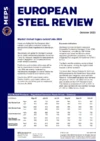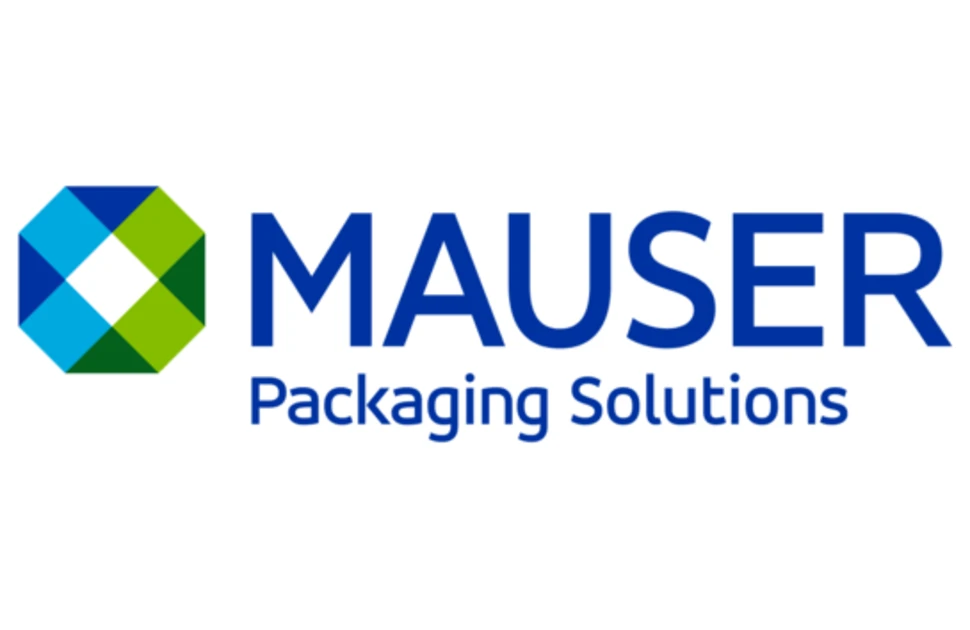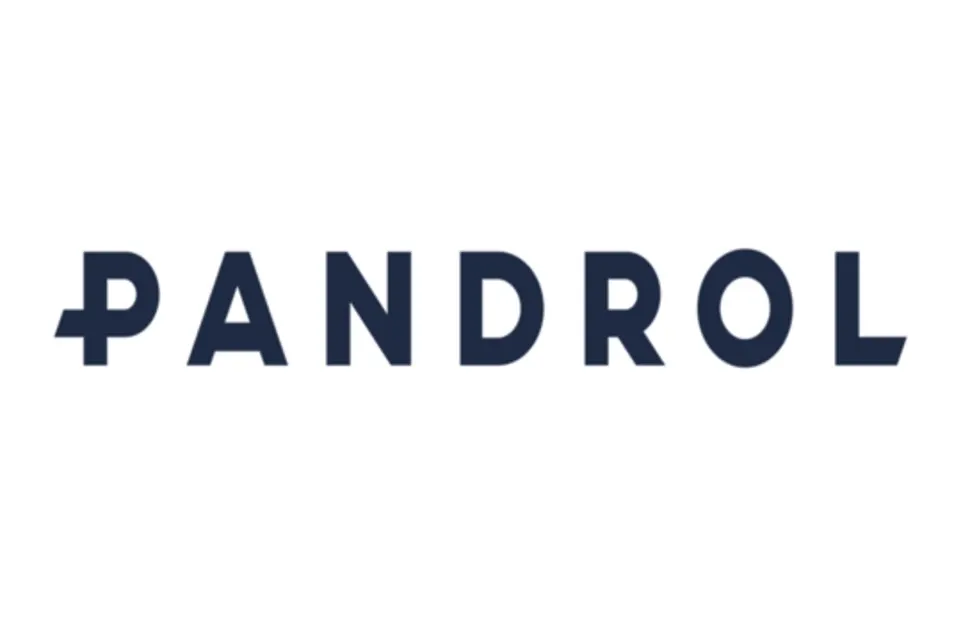Green steel survey finds sales remain sector specific
Despite growing political and commercial pressure to reduce carbon emissions, green steel procurement is yet to be prioritised by European buyers, MEPS’s Green Steel Survey shows.
The recent survey of key industry professionals found that, while only a minority are actively trading green steel today, momentum is beginning to build. Around 40% of respondents reported that they either currently trade in green steel or planned to start within the next three to six months. However, this activity is still limited in scale and largely restricted to select products.
“There is currently little demand for green steel,” commented one respondent. “It was a hot topic not long ago, but due to difficult market conditions and high costs, it’s been pushed down the priority list.”
This view was echoed by other respondents. One questioned whether the strong customer interest experienced in previous years had resulted from "hype" around the subject, which had since been superseded by cost concerns in today's challenging market.
Commenting on the survey results, MEPS International steel market analyst Jon Carruthers-Green said: “Right now, it’s not just green steel that’s struggling to find buyers, it’s steel in general. The market remains oversupplied, and end-user demand is weak across several key sectors. Once that improves and buyers are under greater pressure to hit their own sustainability targets, we expect a greater willingness to pay for lower-emission products.”
Market trends expose industry divides
MEPS’s Green Steel Survey highlighted that low emission material’s rate of adoption is being driven by particular industries. Respondents frequently cited the automotive and renewables sectors as early movers, where sustainability commitments are already filtering through supply chains.
“There’s very low green steel demand in construction,” said one supplier. “Though demand in automotive is growing, customers are concerned that the green premium can’t be passed on in end-product prices.”
The issue of price remains a critical stumbling block for green steel sales. One question MEPS posed to market participants currently selling green steel products was whether their additional cost was added as a premium to standard steel products or negotiated separately. The response was mixed, with 57% suggesting their prices were negotiated separately. The remaining 43% operated on a price-plus model.
Regardless of the pricing model used, cost remains a significant barrier.
One respondent said that customers were thinking twice about the purchase once informed of the required premium. Another commented that “decisions are still price-based for spot business,” reflecting how cost continues to outweigh sustainability goals in day-to-day transactions.
Several respondents also raised concerns about whether green steel premiums can be absorbed or passed through the supply chain. One said: “It is in doubt if end customers will pay more for a washing machine with green steel.”
The survey results suggest that green steel sales are currently more concentrated in flat products. Among the respondents who indicated that they are selling green steel, hot rolled coil stood out as the most widely traded product, cited by 71%. This was followed by hot dipped galvanised coil (50%) and hot rolled plate (43%).
Long products saw significantly lower engagement, with merchant bar, wire rod, and sections sold by just 14% of respondents, and rebar lagging further behind at 7%. This disparity may reflect the more advanced adoption of low-carbon steel in downstream sectors like automotive and white goods, where flat products dominate. Long products, which are more closely aligned to the construction sector, appear slower to gain traction.
Furthermore, with many long products commonly produced using an electric arc furnace (EAF), which carries a lower emissions footprint, some of this material may not be formally marketed or reported as green steel.
Another challenge lies in the lack of clear and consistent definitions for green steel. One respondent asked: “It may be a strange question, but what is classed as ‘green steel?’”
Others expressed concern that current labels may overstate environmental performance, with one warning of “a lot of greenwashing going on at the moment.” This lack of clarity risks undermining trust in the market and complicates both procurement decisions and long-term planning.
The European Commission's recently published Clean Industrial Deal revealed plans for a new labelling system which would clearly indicate domestically produced material's embedded emissions. Consultations with key industry stakeholders began earlier this month.
Future adoption hinges on regulation
Expectations for the long-term uptake of green steel remain mixed among MEPS’s survey respondents. However, some remained cautiously optimistic.
“Green steel is central to our sustainability strategy,” one respondent said, “but we believe it could take another three years before there’s full market acceptance.”
The European Commission’s Emissions Trading Scheme (ETS) already applies across multiple sectors, but its impact on the steel industry is set to grow significantly. From January 2026, free emissions allowances, which currently offset much of the cost burden for European steelmakers, will begin to be phased out.
Steel imports will also face new obligations. The full implementation of the Carbon Border Adjustment Mechanism (CBAM) – also scheduled for January 2026 – will apply a carbon cost to steel entering the EU. While the exact charge remains uncertain, benchmark emissions values, which are central to CBAM’s cost calculations, are expected to be published later this year.
Carruthers-Green said: “While these measures mark a significant shift in how carbon is priced into the supply chain, the success of such schemes in driving meaningful industry change will depend heavily on clear and consistent guidance from policymakers.
“Our survey results paint a clear picture; the industry recognises the urgent need for greener production methods, but uncertainty around cost, supply, and customer demand is still holding the sector back. It’s not a question of if the transition will happen, but how fast that transition is and who leads it.”
- MEPS analysts previously discussed the green steel market in its regular Speaking of Steel podcast series. Click here to access the 'Is green steel’s cost a red light to buyers?' episode via YouTube.

Source:
European Steel Review
The MEPS European Steel Review is an informative, concise and easy-to-use monthly publication, offering unique professional insight into European carbon steel prices.
Go to productRequest a free publication








